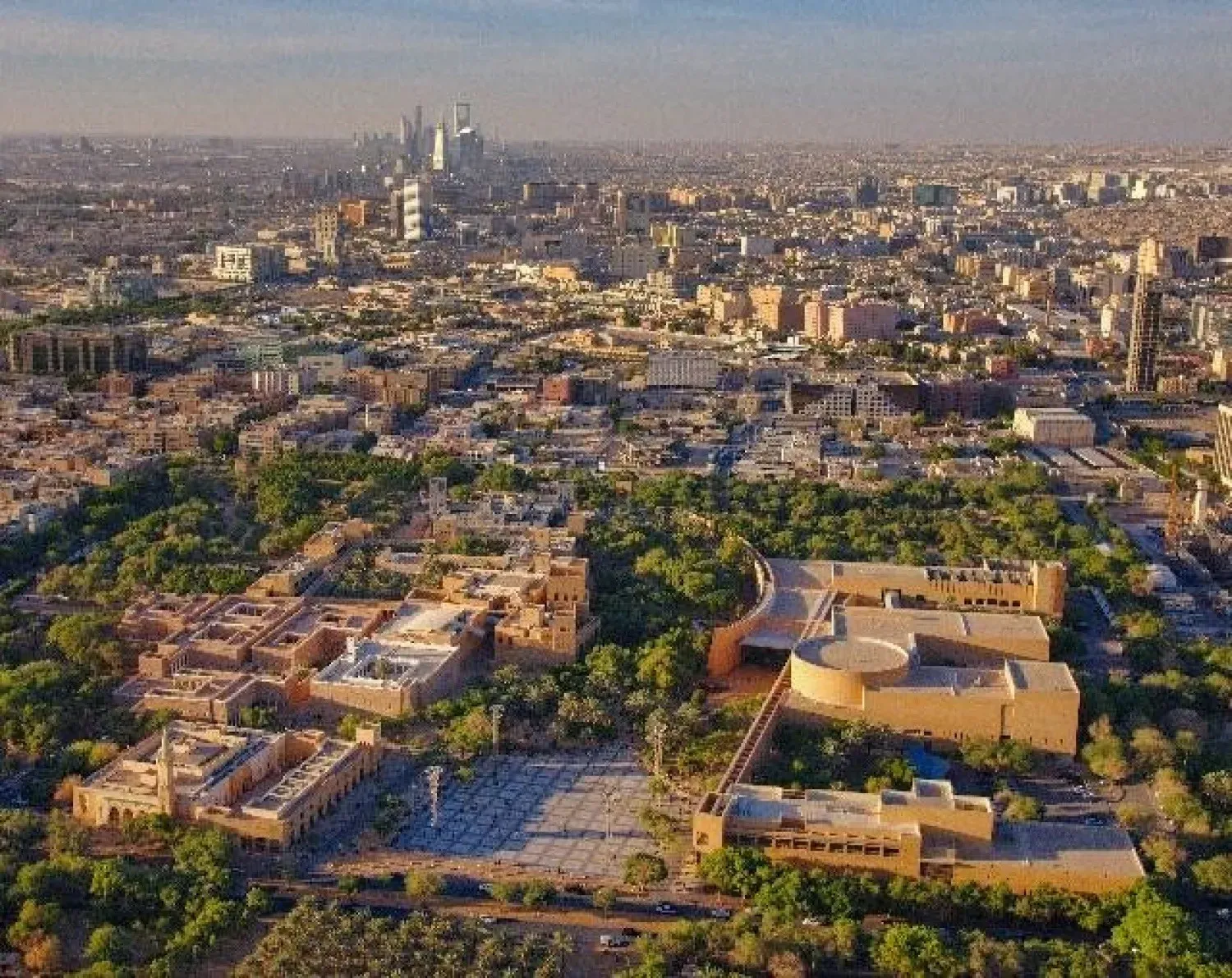Saudi British Bank (SABB) and Alawwal bank on Sunday finalized all the legal proceedings for merging their businesses, following regulatory and shareholder approvals. The banks now have become a single-listed company, creating the third largest bank by assets in Saudi Arabia.
The two banks will continue to operate a normal service while work continues to fully integrate their products and services.
Speaking on the merger, Chair of SABB Lubna Olayan said that each of the two banks has a rich history and legacy of playing key roles in Saudi Arabia’s development.
“Now our size, enhanced capabilities, and fantastic talent will help us build on that history and legacy to become the bank of choice for a modern Saudi Arabia. We will be the best place to bank and the best place to work in the Kingdom, for a new generation of Saudi men and women and for the new era of development under Vision 2030.”
The combined bank will cement its position as a top tier Saudi financial institution, with total revenue of $2.9 billion, with more than one million retail customers and the second largest corporate bank by assets, according to information released Sunday.
In addition, joining the two banks creates a significant retail and wealth management business with greater resource to innovate and connect a young, tech-savvy population to a leading digital banking experience. Customers will also have access to an international banking network that is unrivaled in the Kingdom.
Similarly, SABB Managing Director David Dew announced that the combination of SABB and Alawwal bank creates huge potential for our customers and staff. He explained that the increased scale and capacity will allow both banks to support the growing needs of the diverse customer base, while also providing unrivaled international connectivity for retail, corporate and institutional clients.
“Our focus now is on our customers while at the same time completing the integration process and executing our vision of being the leading international bank in the Kingdom.”
The combined bank has $70 billion of total assets, $45.8 billion of customer loans and $53.2 billion of customer deposits.
It will deliver long-term shareholder value by combining the best of SABB and Alawwal bank, while capitalizing on its long-term strategic partnership with HSBC Holdings plc to provide the most international banking offering available in Saudi Arabia.
For now, both banks will provide normal services to customers, who should continue to bank in the usual way. The integration of the two banks is expected to take between 18 and 24 months.
For its part, HSBC Holdings plc welcomed the completion of the merger between SABB and Alawwal bank, which creates Saudi Arabia’s third-largest bank by assets.
“As the largest shareholder in the combined bank, HSBC fully supports this merger and believes that it will create a stronger bank to support Saudi Arabia’s economic transformation,” HSBC Group CEO John Flint said.
HSBC believes SABB is well positioned to capture value and new opportunities from one of the world’s most ambitious economic transformation programs, Saudi Vision 2030.









